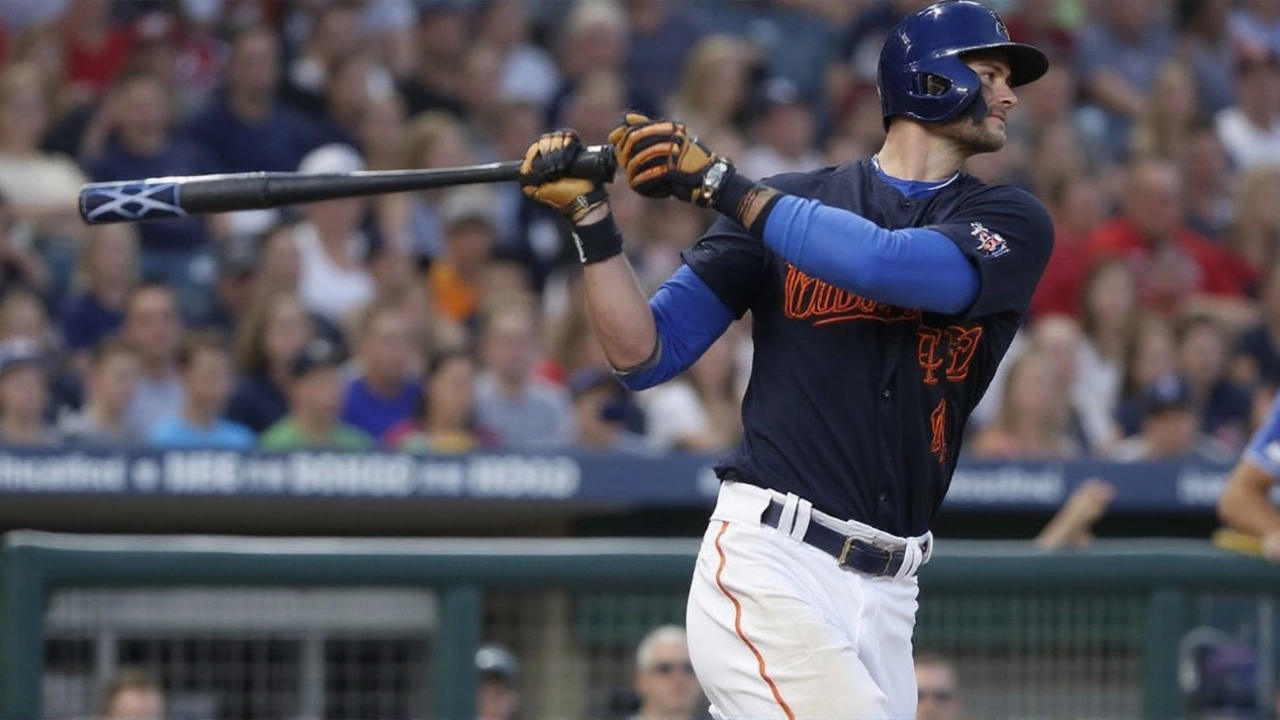Tommy John Surgery: What Every Sports Fan Should Know
When talking about Tommy John surgery, a reconstructive procedure that replaces a damaged ulnar collateral ligament in the elbow. Also known as UCL reconstruction, it has become the go‑to fix for athletes who put extreme stress on their throwing arm.
The central problem the surgery addresses is an ulnar collateral ligament, the band of tissue that stabilizes the elbow during high‑velocity throws. When that ligament tears, the arm loses stability, pain spikes, and performance drops. Fixing the UCL is the reason pitchers end up on the operating table, and understanding the ligament’s role helps explain why the procedure is so common in baseball.
Speaking of baseball, the baseball pitcher, the player who repeatedly delivers the ball at high speeds is the group most likely to need the surgery. Pitchers generate forces up to 2,500 newtons on the elbow, far more than position players. That relentless stress makes the UCL a weak link, so the majority of UCL reconstructions are performed on pitchers at all levels—from Little League to the majors.
The operation itself has evolved into several surgical techniques, including the original Tommy John method, the modern docking technique, and newer internal‑brace augmentations. Each technique aims to secure a tendon graft in a way that mimics the original ligament’s strength while reducing recovery time. Surgeons choose the method based on the athlete’s anatomy, age, and timeline goals.
Once the graft is in place, the real work begins with a structured rehabilitation protocol, a step‑by‑step plan that moves from gentle range‑of‑motion exercises to full throwing programs. Rehab is typically divided into phases: early motion, strength building, functional training, and finally a gradual return to pitching. Skipping any phase can jeopardize the graft and extend the timeline.
The recovery timeline usually spans 12 to 18 months before a pitcher can compete at his previous level. The first six weeks focus on healing, the next three months on building shoulder and forearm strength, and the final year on fine‑tuning mechanics. Athletes who stick to the schedule often see a smooth transition back to the mound.
Success rates for the procedure are impressive—around 85‑90 % of pitchers return to their pre‑injury performance, and many even improve velocity thanks to better mechanics learned during rehab. These numbers keep the surgery popular despite its invasiveness, and they fuel ongoing research into ways to boost outcomes.
Preventive training has become a big part of the conversation. Pitchers now incorporate shoulder‑external‑rotation drills, core stability work, and pitch‑count monitoring to reduce UCL strain. When teams invest in these programs, they lower the odds of a catastrophic tear and may keep athletes off the operating table altogether.
Advanced imaging, particularly MRI, helps doctors pinpoint the exact extent of the ligament damage before deciding on surgery. Detailed scans guide the choice of graft material—often the palmaris longus tendon from the forearm or a hamstring tendon—ensuring the reconstruction matches the athlete’s specific needs.
Recent innovations like biologic augmentation, platelet‑rich plasma (PRP) injections, and synthetic scaffolds aim to speed graft integration. Early trials suggest these add‑ons could shave weeks off the rehab timeline, though long‑term data are still emerging.
Performance metrics after surgery now go beyond simple return‑to‑play. Teams track fastball velocity, spin rate, and command accuracy throughout the first year to assess whether the pitcher has truly regained his prior form. Those metrics help coaches adjust training loads and protect the elbow from re‑injury.
Below, you’ll find a curated mix of stories, analyses, and tips that dive deeper into each of these areas. Whether you’re a fan curious about your favorite pitcher’s comeback, a young athlete planning a training routine, or just someone who wants the facts straight, the articles ahead break down the science, the stats, and the human side of Tommy John surgery.
Cleveland Guardians Activate David Fry, Adding DH Power After Tommy John Surgery
- Darius Hawthorne
- Sep 24 2025
- 0 Comments
The Guardians have activated utility man David Fry from the 60‑day IL, ending a six‑month rehab after his November Tommy John procedure. He returns as a designated hitter, while the club shuffles Cody Bolton, Lane Thomas and pitchers Andrew Walters and Nic Enright to meet roster limits. Fry’s 2024 All‑Star season and playoff heroics promise a boost to Cleveland’s offense, even as his defensive versatility stays on the bench.
View More
